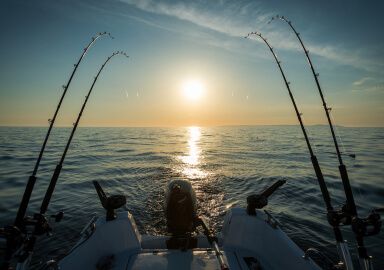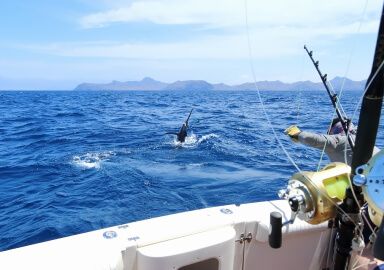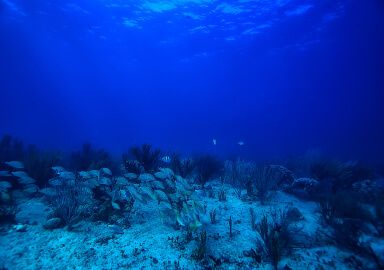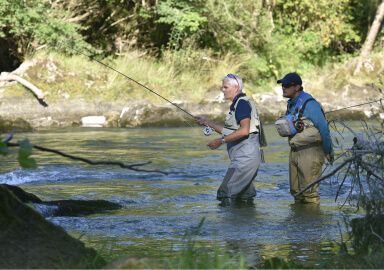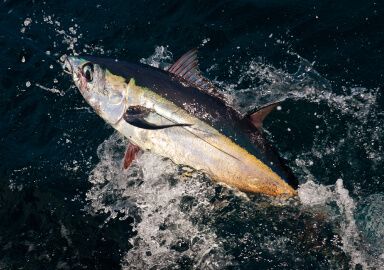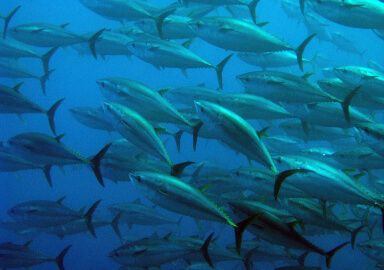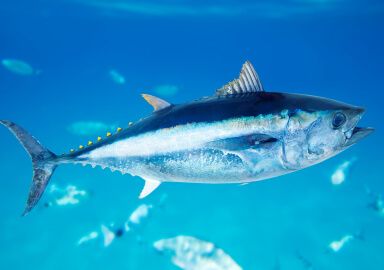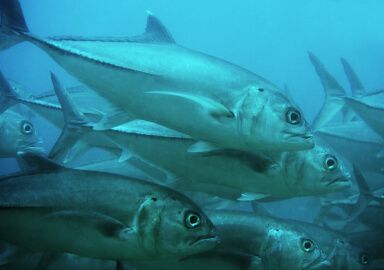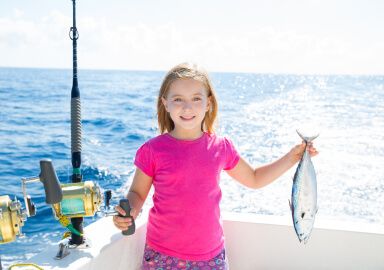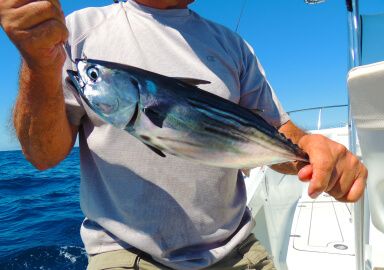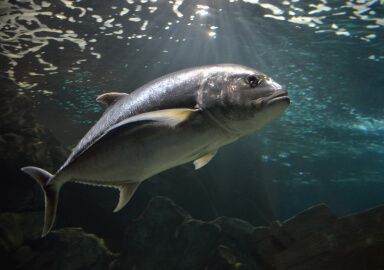Yellowfin Tuna
One of the largest tunas, the yellowfin tuna supports an important commercial fishery as well as serves as a very important sport fish species.
View 167 listings
167
listings
–
price starting from
30
countries
–
to the nearest trip
Where and When?
Yellowfin tuna were one of the earliest species targeted by offshore recreational anglers in the USA and they remain one of the most popular species due to their extensive distribution, often large size and extremely good fighting ability. They are caught as a food source in almost all the tropical and subtropical areas of the world and recreational fishing for them is also now very widespread. They are, however, absent from the Mediterranean Sea. They often follow baitfish concentrations and are usually present near much of the eastern seaboard, Gulf Coast and western seaboard of the USA USA. Important sport fisheries have also developed on islands such as Hawaii, Bermuda, the Azores and the Seychelles while suitable shores of Australia, Africa, the Far East and South America now also provide some excellent opportunities to catch yellowfin tuna. They are not commonly caught inshore or close to reefs and yet fish aggregating devices are used by commercial and sport anglers with great success. They can be caught throughout the year but the summer months are generally more productive than winter.
About Yellowfin Tuna
An extremely fast moving, highly migratory species, Thunnus albicares is the target of sport anglers in many open ocean areas around the world. It is mostly an offshore species and is often found in concentrations around oceanic islands such as Hawaii and Tahiti in the Pacific Ocean and the Maldives in the Indian Ocean. It can grow to 2.4 metres in length and a mass of 200 kilograms during a lifespan of up to nine years. Yellowfin tuna are very streamlined but, as per its name, larger specimens are often characterised by extremely long yellow second dorsal and anal fins. They spawn repeatedly throughout the year but the peak is in summer. It is usually a shoaling fish and is well known for aggregating and staying close to oceanic objects such as flotsam, oil rigs and even ships. It is frequently associated with dolphins and other tuna species as they often target the same items for food. Large specimens have few enemies other than man, large sharks and some toothed whales. The commercial fishery uses mostly longlines and purse seine nets to catch yellowfin tuna and in Japan much of the sashimi sold is flesh of this species.
How to Catch?
Hooking, playing and landing a large yellowfin tuna must be one of the most exciting experiences available to sport fishermen. They are generally caught offshore from boats but a wide variety of methods can be employed to catch them. One of the best, and most exciting, scenarios can be to find a surface feeding shoal of these fish and then cast a suitable bait/lure/fly into the feeding frenzy and retrieve rapidly. A 100 kilogram fish that can move powerfully and at extremely high speeds is an adrenaline pumping and very memorable opponent. Other popular methods such as trolling baits or lures, live baiting and fishing around fish aggregating devices can also produce excellent results. Vertical jigging jigging has recently become popular in some areas, where it is legal, and hooking a very large, very strong fish 100 metres down can be an exciting, exhausting and rewarding experience.



